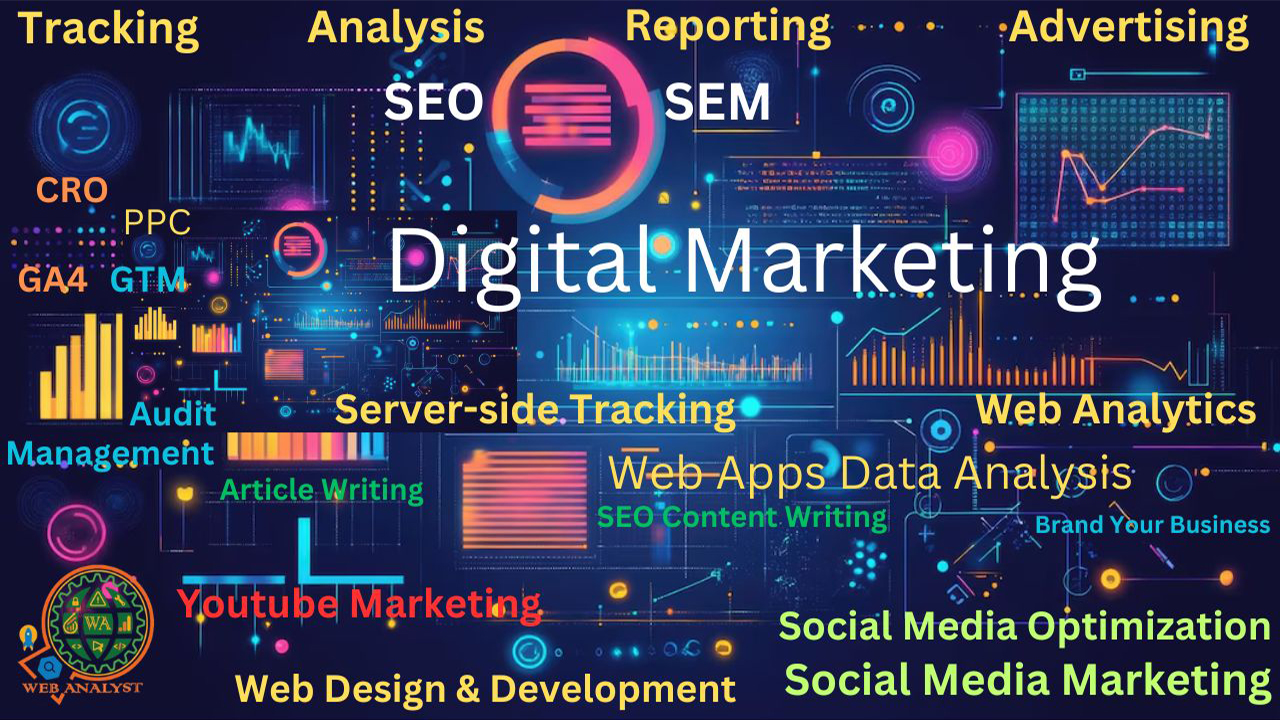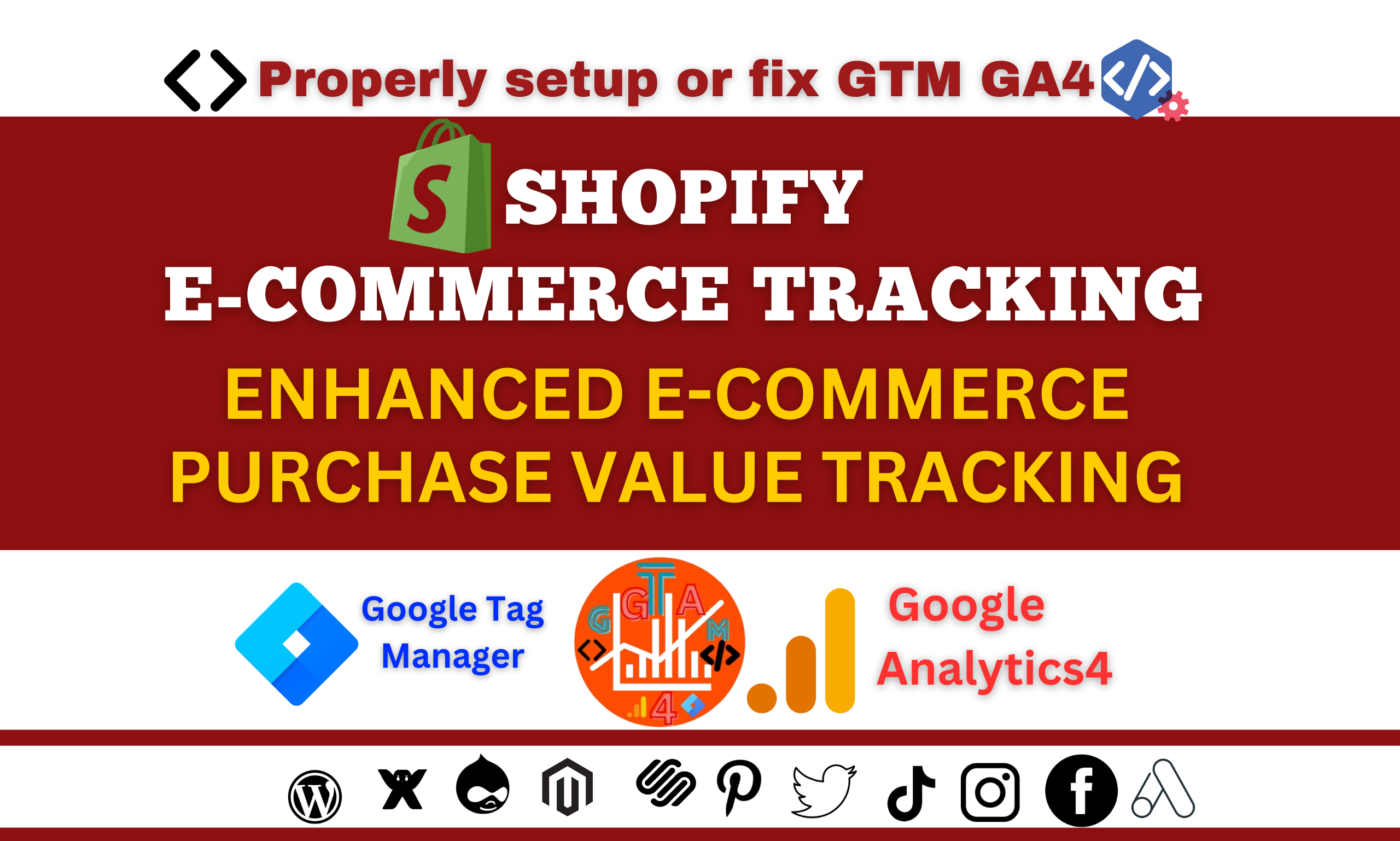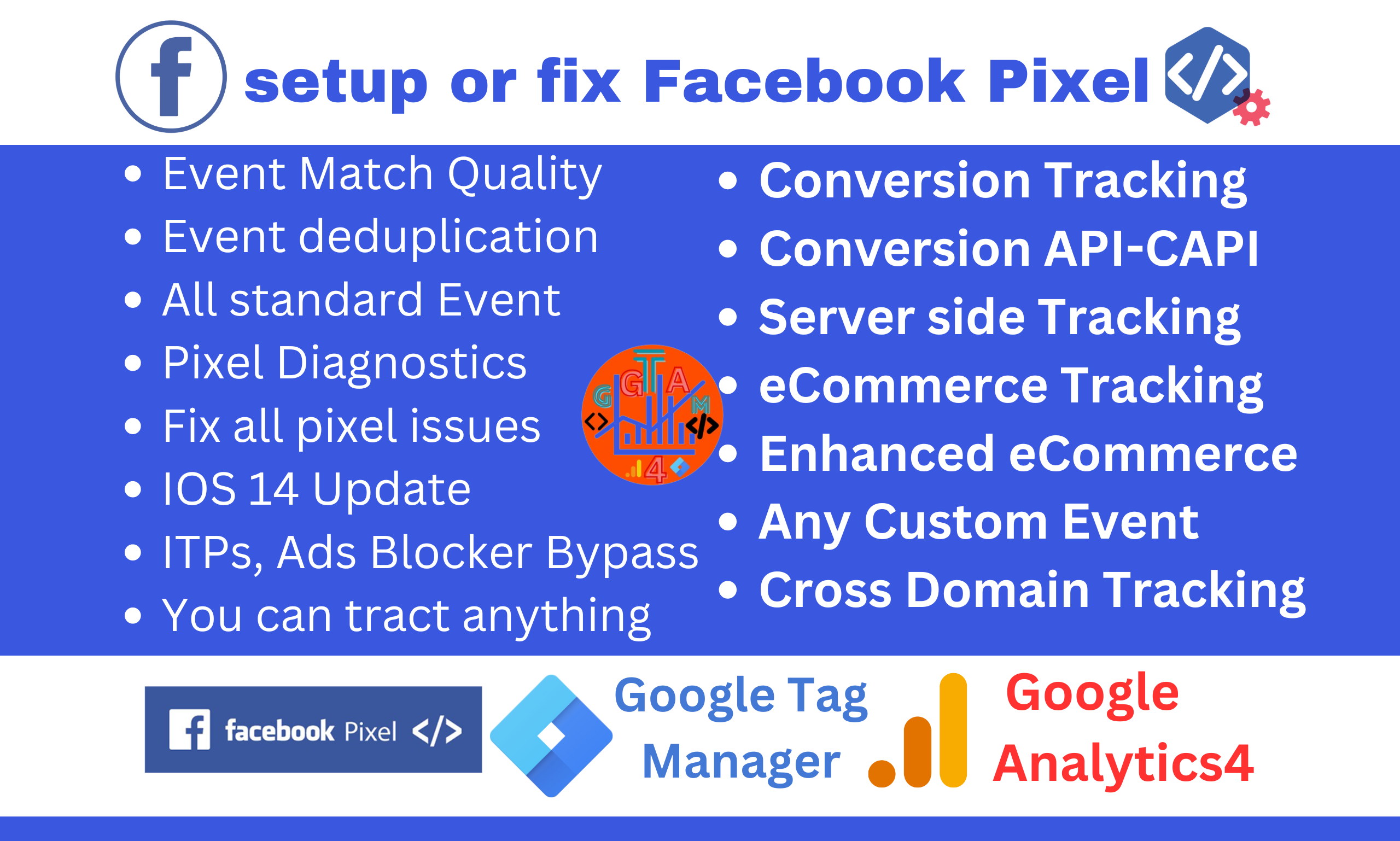With the rise of data privacy regulations, businesses must now navigate a more challenging digital marketing landscape. In Europe, the General Data Protection Regulation (GDPR) sets strict standards, while the United States has introduced state-level laws like the California Consumer Privacy Act (CCPA) and new privacy legislation in Florida, Texas, Oregon, Montana, and Colorado. For example, Colorado’s Universal Opt-Out Mechanism (UOOM) under the Colorado Privacy Act (CPA) enables users to opt out of ad targeting using Global Privacy Controls (GPC).
Compounding these challenges, updates like Apple’s iOS 14.5, which restricts cross-app tracking, along with Intelligent Tracking Prevention (ITP) in Safari and Firefox and ad blockers, have further reduced the accuracy of traditional data collection methods. In this evolving environment, first-party server-side tracking has become essential for digital marketing. Here’s why it’s crucial: it allows businesses to adapt to privacy regulations, improve data accuracy, and maintain effective user tracking—all while respecting user privacy.
This article explores why first-party server-side tracking is essential for modern digital marketing and addresses its critical role in enhancing performance, security, and compliance.
With privacy laws on the rise, businesses must prioritize user consent and robust data practices. First-party server-side tracking collects data directly from users, avoiding third-party intermediaries. For example, Colorado’s Universal Opt-Out Mechanism (UOOM) under the Colorado Privacy Act (CPA) allows users to opt out of ad targeting through Global Privacy Controls (GPC), a feature server-side tracking makes easier to implement and manage.
Client-side tracking, dependent on cookies and JavaScript, is vulnerable to ad blockers, browser privacy settings, and network issues, resulting in data inaccuracies. First-party server-side tracking captures data directly from the server, minimizing disruptions and providing marketers with consistent, reliable data streams unaffected by client-side limitations.
Client-side tracking scripts can slow down web pages, harming both user experience and SEO. By shifting data processing to the server, first-party tracking lightens the client’s browser load, resulting in faster page load times and a more positive user experience.
Server-side tracking allows businesses to manage their data within their infrastructure, reducing dependency on third-party vendors. This control enables businesses to tailor their tracking setup to meet specific needs, ensuring the data collected aligns with their unique goals and strategic objectives.
Centralizing data collection and processing on the server side provides a safer environment for handling sensitive information, reducing the risk of interception or tampering. This secure approach protects both business and customer data.
First-party server-side tracking integrates seamlessly with backend systems like customer databases and CRM platforms, creating a cohesive data management process. This integration allows data to flow smoothly into analytics and advertising platforms, optimizing targeting and overall marketing performance.
First-party server-side tracking improves ad optimization by directly capturing user interactions, reducing reliance on third-party cookies, and bypassing ad blockers. This method ensures accurate data for better audience segmentation and targeting, aligns with privacy standards, and enhances ad performance with actionable insights.
First-party server-side tracking drives Conversion Rate Optimization (CRO) by improving data accuracy on user behavior, which is essential for testing and optimizing website elements. Direct data capture bypasses ad blockers, aligns with privacy standards, and enables precise audience segmentation, enhancing user experiences and effectively boosting conversions.
First-party server-side tracking boosts SEO and website performance by enhancing data accuracy on user interactions without slowing page load times. Collecting data directly from the server avoids browser limitations, bypasses ad blockers, and complies with privacy standards, improving SEO insights and user experience.
With third-party cookies being phased out, first-party server-side tracking provides a resilient alternative. By relying on first-party data, businesses avoid cookie-related disruptions, ensuring marketing strategies remain effective even as browsers phase out third-party tracking.
Popular tools for implementing server-side tracking include Google Analytics 4 (GA4), Google Tag Manager (GTM), and Google Cloud Platform. These tools provide businesses with cross-platform insights into user behavior. GA4, integrated with Google BigQuery, offers scalable analytics that support data compliance and deliver valuable insights into customer behavior, enabling data-driven decision-making.
First-party server-side tracking is a method where data collection and processing occur directly on a business’s server instead of on the client’s browser. This approach allows companies to collect and manage data independently, reducing reliance on third-party cookies and enhancing data accuracy and privacy compliance.
Server-side tracking allows businesses to control data handling within their infrastructure, limiting third-party data sharing. This control helps businesses comply more easily with privacy laws like GDPR, CCPA, and UOOM.
First-party server-side tracking captures data directly from the server, bypassing issues from client-side elements like ad blockers and browser settings that can cause inaccuracies in traditional tracking setups.
Yes, server-side tracking can improve website performance. By shifting data processing to the server, server-side tracking reduces the load on the client’s browser, resulting in faster page load times and a smoother user experience.
No, server-side tracking differs from third-party tracking by collecting data on the business’s server rather than relying on external vendors or third-party cookies placed on the user’s browser. First-party server-side tracking offers greater control, flexibility, and compliance.
Yes, server-side tracking is an effective alternative to third-party cookies, particularly as privacy laws and browser updates continue to restrict third-party data collection. Server-side tracking provides a reliable way to track user behavior without relying on third-party cookies.
In today’s complex digital marketing landscape, where data privacy and regulatory compliance are paramount, first-party server-side tracking has become indispensable. This approach not only ensures privacy compliance but also improves data accuracy, site performance, data control, security, and backend system integration. For businesses aiming to thrive in a privacy-conscious world, adopting first-party server-side tracking is essential.
At Web Analyst, we’re here to support your transition to first-party server-side tracking, providing the tools and expertise to strengthen your digital strategy.
Take control of your data accuracy and compliance today with our specialized GA4 first party server-side tracking services for data-driven growth.
Contact Web Analyst today for a consultation on GA4 server-side tracking.
Written by Md. Anwar Hossain– Web Analyst


















